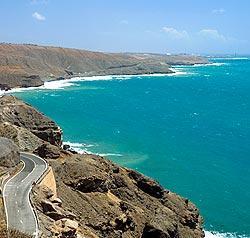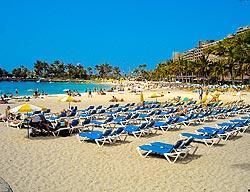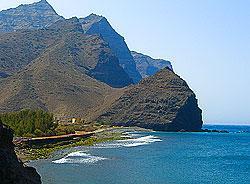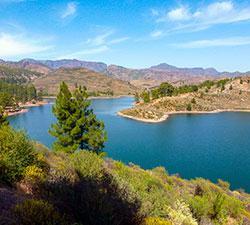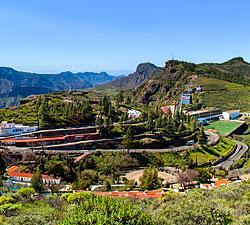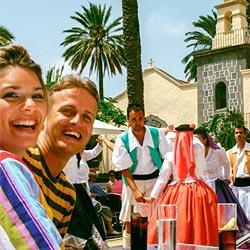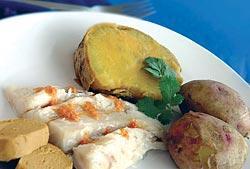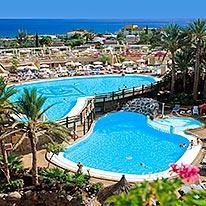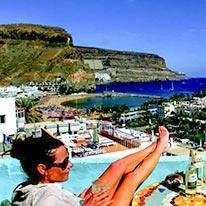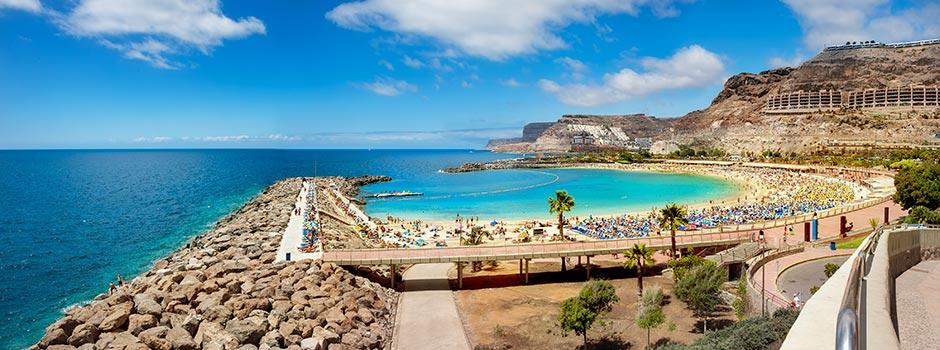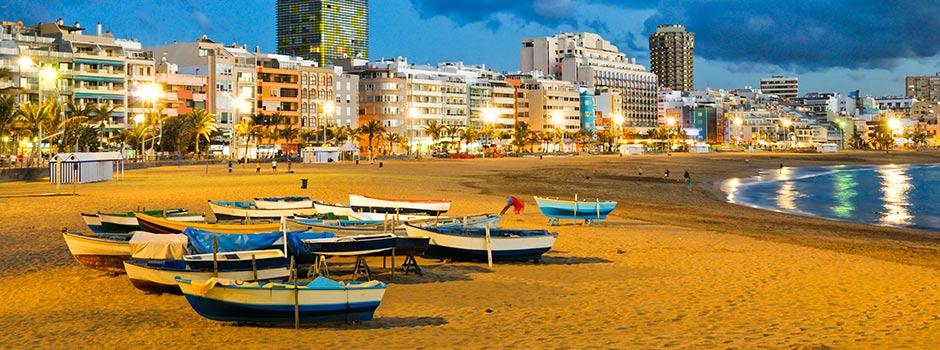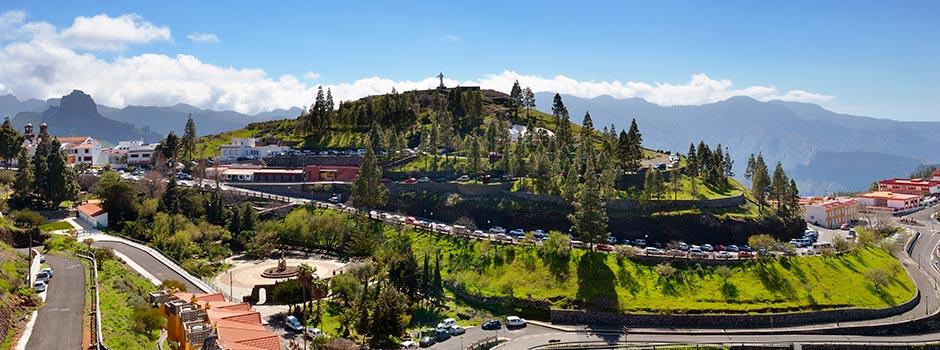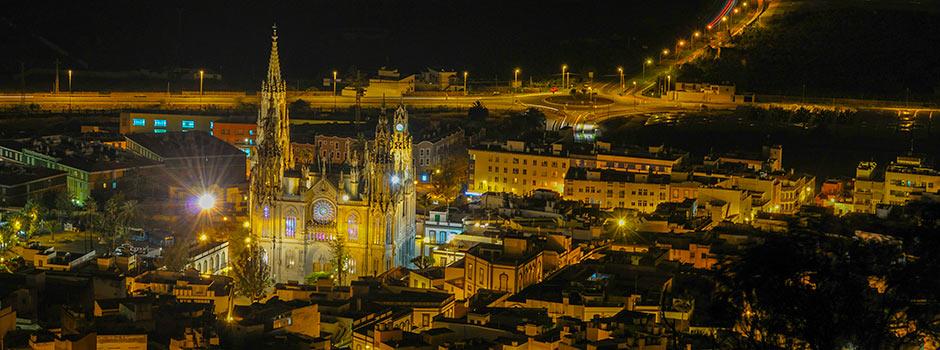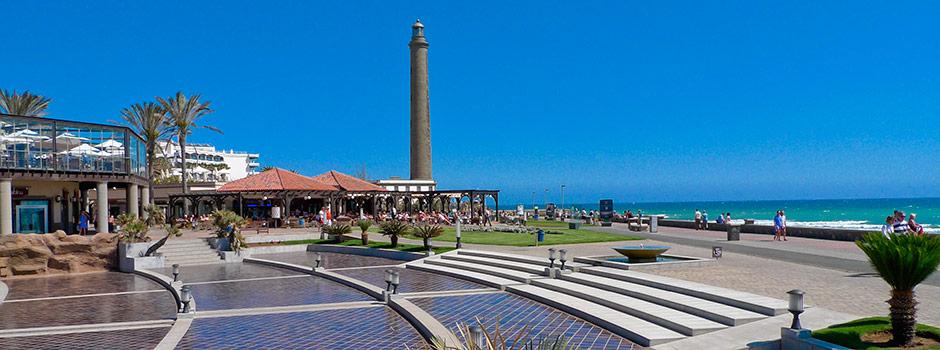An important landmark for the cultural development of the Canaries was the incorporation of the islands into the Castilian Crown at the end of the 15th century. This marked the beginning of Hispanic culture and tradition spreading across all the islands of the archipelago.
Gran Canaria boasts several interesting museums and culture centres. The main highlights include the Museo Elder de la Ciencia y la Tecnología (Science and Technology Museum) and the Casa de Colón (Christopher Columbus House), as well as the Centro Atlántico de Arte Moderno (Atlantic Centre of Modern Art). All of these are great places to visit and can be found in the city of Las Palmas itself.
After the subjugation by the Spaniards, Gran Canaria became a famous port of call for travellers and many of them settled with their families on this beautiful island, bringing with them their own cultures and traditions.
Gran Canaria’s society has always been open to influences from beyond the seas, which has enriched the island with visiting cultures over the years. However, it has always been important for the island to preserve its ancient traditions and to keep its original identity alive. Due to its long history, this cosmopolitan island has become a synonym for cultural blending with a rich archaeological, architectural, ethnographic and artistic heritage – a rare quality for a place as small as Gran Canaria.
The Canarios like to celebrate festivals, be it of religious or cultural nature, and there is always something going on somewhere on the island. Internationally-renowned festivals include the International Film Festival of Las Palmas, the Festival de Música de Canarias (Canarian Classical Music Festival) and the Festival de Ópera. Other events such as the WOMAD (World of Music, Arts and Dance) and the Festival de Teatro y Danza de Las Palmas de Gran Canaria (Theatre and Dance Festival) bring still more influences from the international cultural panorama to this magnificent island.



